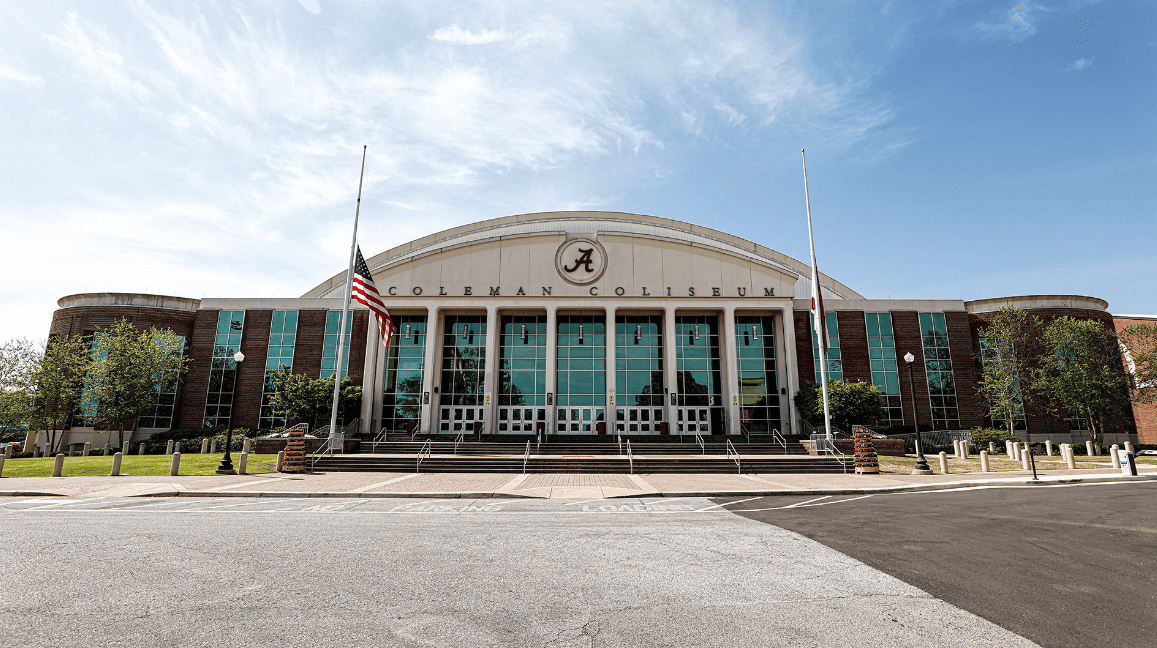Over the past 100 years, the world has changed so much that a time traveler from the turn of the century would think they were in an alien world. The speed at which technology is created and consumed has increased dramatically with the advent of smartphones, drones and connectivity. Through the use of smartphones and laptops, people are in constant connec tion with each other. Friends may move and be separated by long distances, but with modern technology, they are never truly apart. Today’s technology has shrunk the world dramatically in the span of a decade. Scientists are building and creating applications for drones to fight wars, deliver mail and even save lives. Furthermore, mankind has turned to the stars once more, and with plans of traveling to Mars, anything is possible.
What will the world be like in 10 years, 20 years, a century? If the rate in which technology is created continues, the world of tomorrow may look strangely different and unfamiliar. Will paper be an obsolete relic of the past? Tablets, smartphones and laptops have changed the way news is consumed and people communicate. At this rate, the world of tomorrow may be devoid of notebooks, newspapers and hardbound books.
But why stop there? Devices like Google Glass are changing the way we process information. Google Glass allows information to always be in consumers’ line of view. They can place phone calls, record messages and check Facebook statuses without ever having to lift a finger. The Oculus Rift is one of the first fully realized virtual reality helmets. Users can take tours of distant places, play games and interact with others like never before.






